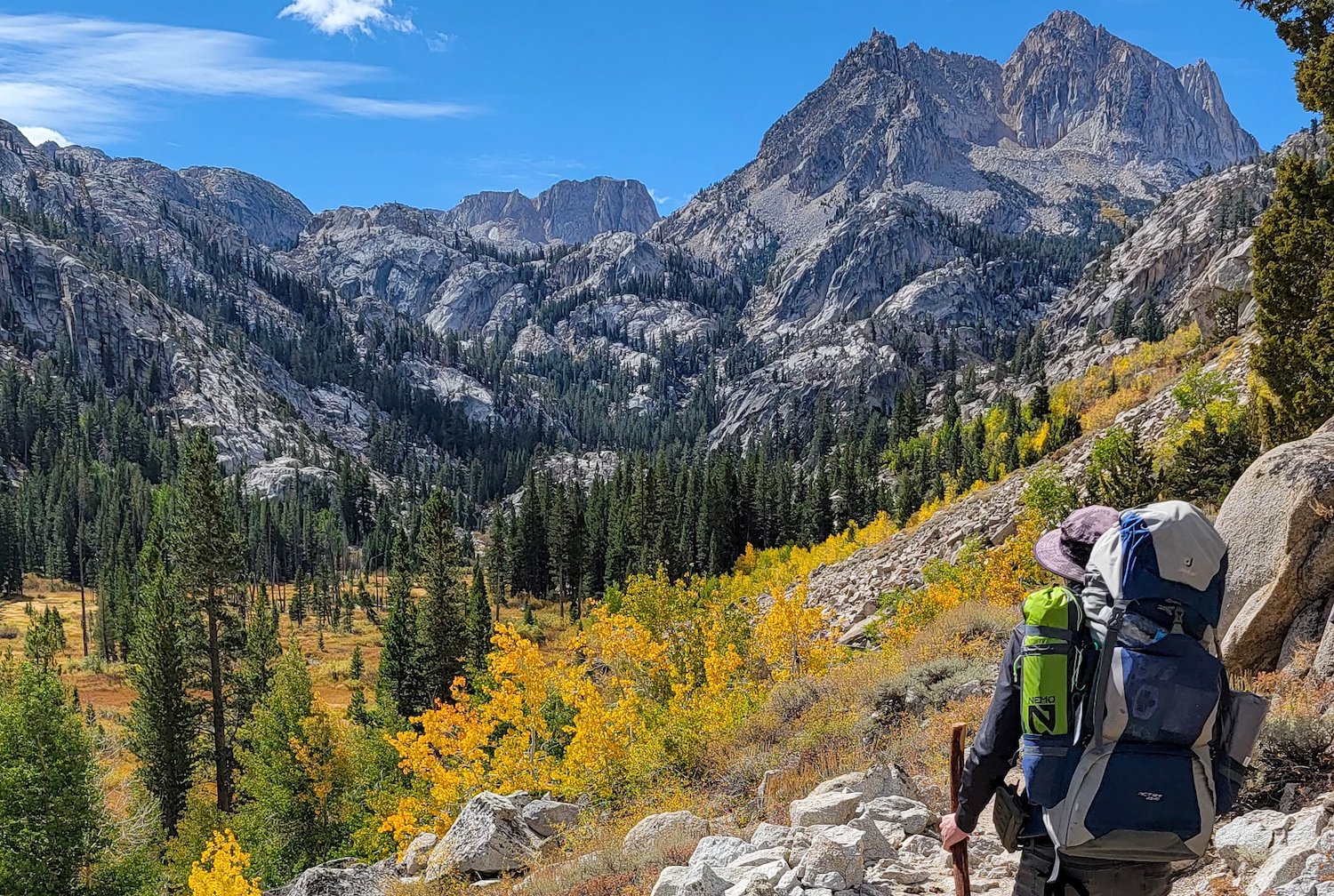Most inspirational hiking stories don’t begin with failure, but for local author Sydney Williams, that’s exactly what happened. She was hiking across Catalina Island in 2016, and says “the Trans Catalina trail had it out for me.” In fact, she didn’t finish.
“I didn’t finish it because I was probably close to 60 or 80 pounds heavier than I am today,” says Williams. “It was the hardest thing I’ve ever done in my life physically. And that’s coming from somebody that was a D1 athlete in college and a competitive skydiver for four years.”
After not completing it, she found that she was starting to hate her own body and needed to change her relationship with it. “I just [wanted] to do more […] and not have my body be the thing that got in the way,” Williams says. “When we got back to cell service on the island […] I sent a DM to the Catalina Island Conservancy and said, ‘I’ve had two life changing experiences on this trail. How can I help protect and promote it?’”
The adventure caused her to completely change her relationship with her body which led to authoring a book and writing about her experience. In 2019, Williams launched her debut book: Hiking My Feelings: Stepping Into the Healing Power of Nature. Her story and book now serve as the foundation for the programs offered through her organization Hiking My Feelings which offers 12-week learning seminars, hiking retreats, a private social network, and live shows.
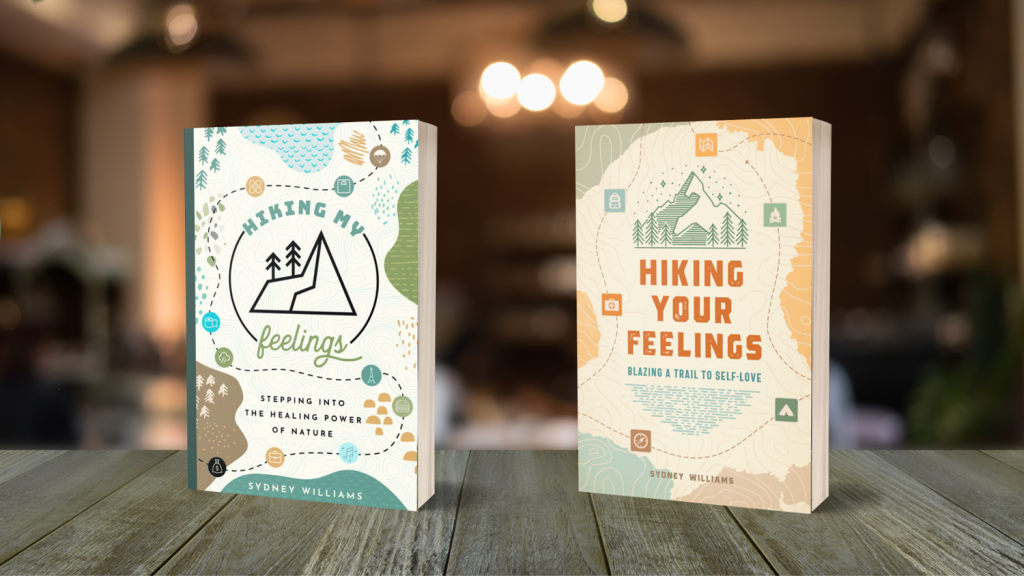
On March 9, she’ll launch her second book: Hiking Your Feelings: Blazing a Trail to Self-Love at SXSW before making her way back to SD for a week of bookstore appearances. To celebrate the launch, Williams will head out to Mission Trails Regional Park on Saturday, March 16 for a group hike and stewardship project.
We caught up with Williams to learn how hiking can be used as a tool to help you deal with big and small emotions. Here’s what she had to say:
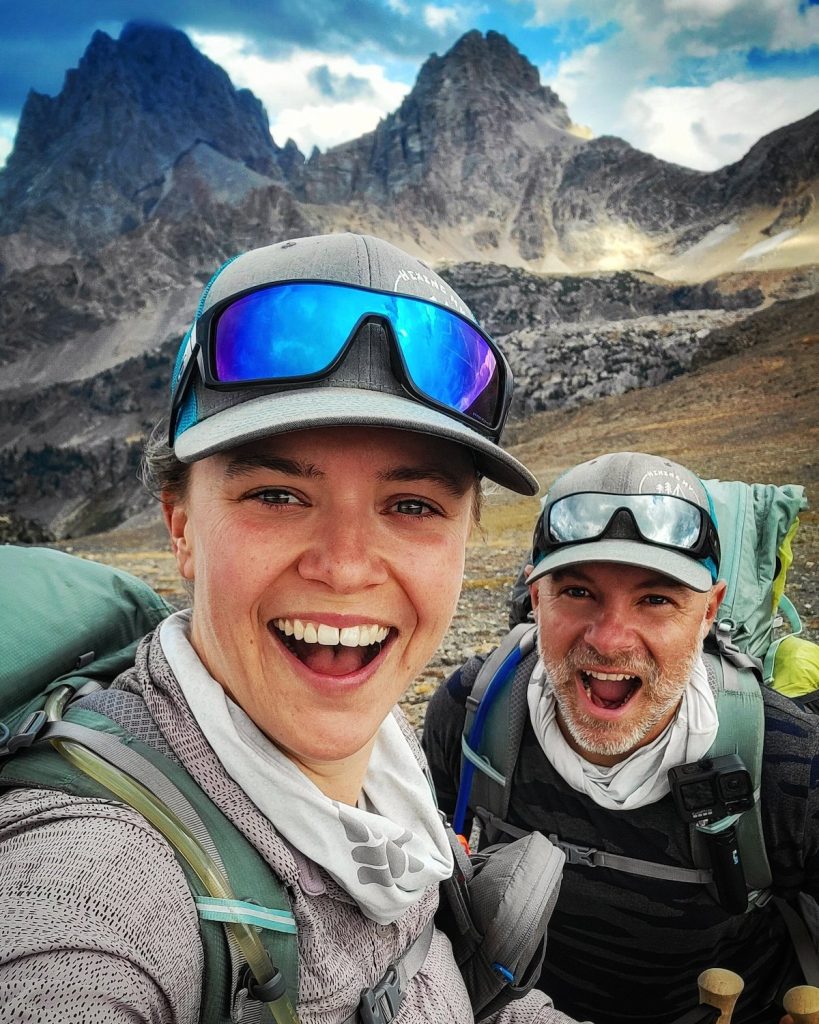
Reframe Your Mindset
When a hike is physically taxing, Williams says it can become a focal point for your mind. “That first hike was so deeply physical that it was all I could think about,” she says. “All I could focus on was the deep physical pain, like the blister that I got a quarter mile into a 38.5 miles trail in a six-day journey.”
During a very hard hike, Williams says to honor your body and inner athlete instead of talking to yourself “like a jerk.”
“I was like, well, this is hard, but so was running stairs in stadiums, so was training for nationals when I was a skydiver. Those things are hard. This is hard. I can do hard things,” says Williams.
She says to ask yourself a question when you begin to doubt yourself: “What’s available to me if I’m not focused exclusively on what my body is or isn’t capable of?” The idea is to reframe your view of yourself and realize that you have completed hard tasks in the past and you can do it again. Trust in your own power.
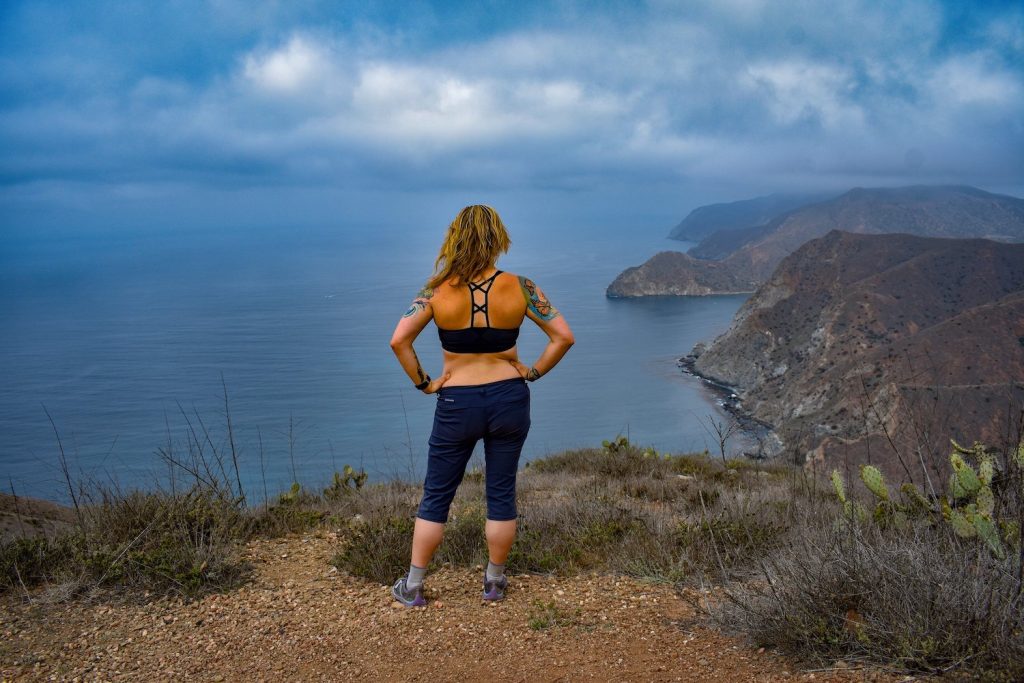
Lean Into Your Feelings
It may seem simple enough, but hiking can be a good way to process your feelings without any distractions around. “[That Catalina hike] was the first time that I actually had time to process the loss of friends and that negative internal soundtrack that we have in our head,” she says.
Williams says we all carry invisible backpacks on our hikes full of trauma, insecurities, and the weight of the highs and lows that we’ve carried throughout our lives. “It’s that thing your gymnastics coach told you about your body when you were in third grade, whatever. Like, those things that stick. They’re all in this backpack,” she says.
Williams suggests using your time on the mountain to feel all the things you’ve been pushing down, allowing yourself to be uncomfortable. Working through your emotions can take time, but being intentional about doing so on the trail can be very beneficial.
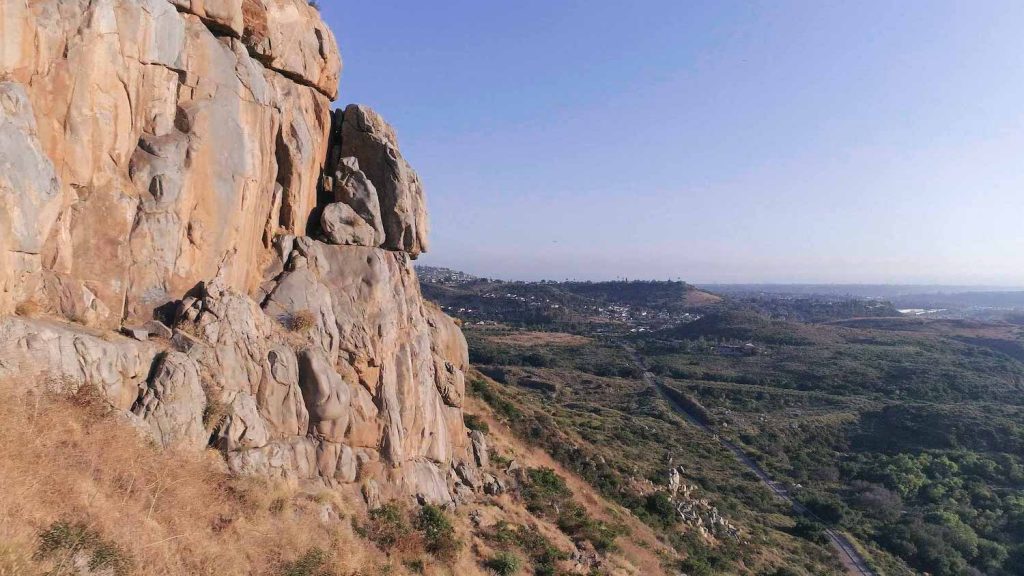
Shake It Off, Literally
The actual mechanics behind hiking your feelings starts with simply getting outside. When you start walking and negative things come up, remember that your mind is a powerful muscle. When negative thoughts arise, Williams suggests finding a way to get out that energy physically.
“Instead of [allowing] those thoughts […] and not having anything to do with that energy except shut it down, I [may] rage stomp for 100 meters or something, just up that ridgeline and just expel that anxious energy out through my feet and into the ground.”
It may seem silly at the time, but Williams suggests it can help free your mind and help you move onto the next challenge.
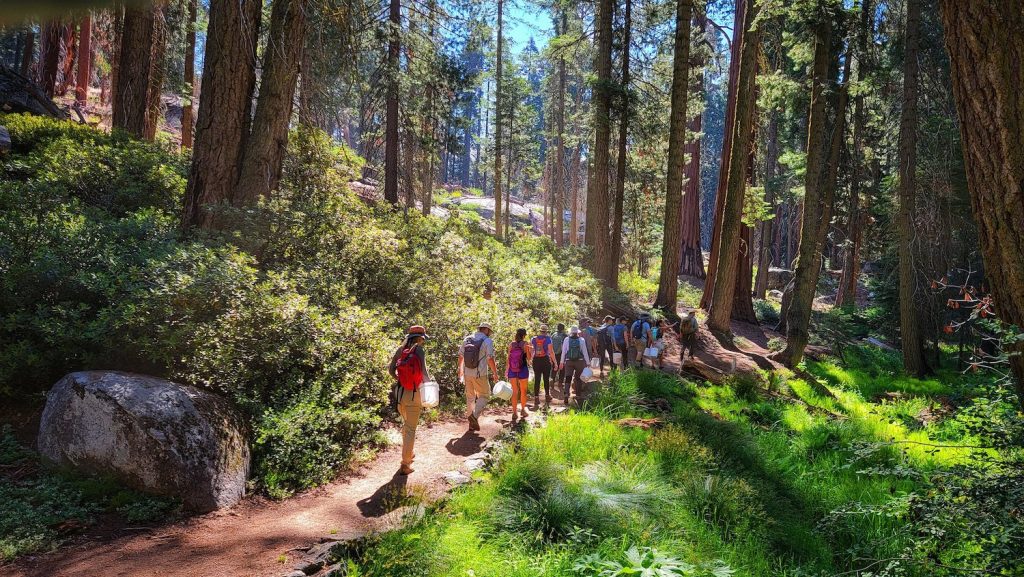
Create a Safe Space for Others
“If you need to initiate a difficult conversation, going for a hike and walking single file is really nice. Sometimes eye contact is hard to maintain,” says Williams. “Sometimes you just want to get up and run from whatever table you’re sitting at.”
Hiking can be a safe place for people to connect and have a hard discussion. Being in nature can also invite a more peaceful mindset, so Williams suggests allowing it to be a place where you’re in motion for these types of convos.
PARTNER CONTENT
“It gives us a way to stay grounded in the things and the topics and the challenges of the human experience in a way that I personally haven’t experienced in any other way, shape or form,” says Williams.
This post contains affiliate links to products and services. We may receive compensation when you click on links.









